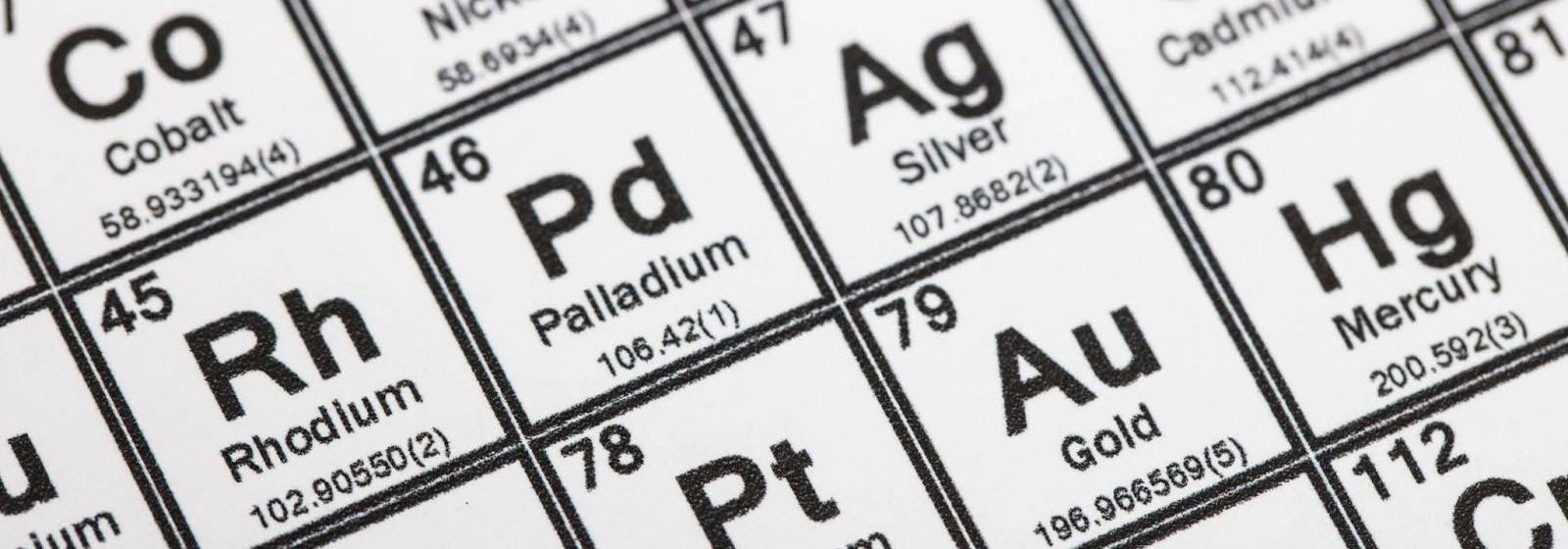Chemistry, the study of matter and its properties, is a fascinating field that unlocks the secrets of the universe. At the heart of this discipline lies the periodic table, a powerful tool that organizes and categorizes the building blocks of matter. In this blog post, we will embark on a journey through the periodic table, exploring its structure, key elements, and the valuable insights it offers to chemists.
Understanding the Periodic Table
At first glance, the periodic table may seem like a complex maze of symbols and numbers. However, fear not! The table is organized in a logical manner, providing a wealth of information about each element. Let’s break it down:
- Structure and Organization: The periodic table is organized into rows called periods and columns called groups. Elements are arranged in increasing order of atomic number, from left to right and top to bottom.
- Atomic Number, Atomic Mass, and Element Symbols: Each element is represented by a unique symbol and is accompanied by its atomic number (the number of protons in the nucleus) and atomic mass (protons + neutrons).
Key Groups and Periods
As we explore the periodic table, certain groups and periods stand out for their unique properties and characteristics. Let’s shine a spotlight on a few of them:
- Noble Gases (Group 18): These elements are known for their low reactivity and stable electron configurations. They include helium, neon, argon, and more.
- Alkali Metals (Group 1): Highly reactive and known for their tendency to lose one electron, alkali metals include lithium, sodium, potassium, and others.
- Transition Metals (Groups 3-12): These elements exhibit variable valence and often form colorful compounds. Examples include iron, copper, and zinc.
- Periods: Exploring the periods provides insight into the trends of atomic size and reactivity across the periodic table.
Chemical Elements
Let’s take a closer look at a few essential elements and their unique properties:
- Carbon (C): The foundation of organic chemistry and the basis of life on Earth. It forms the backbone of complex molecules and is found in all living organisms.
- Oxygen (O): A vital element for respiration and combustion. It is present in the air we breathe and plays a critical role in supporting life.
- Hydrogen (H): The lightest and most abundant element in the universe. It is an essential component of water and fuels such as gasoline.
Periodic Trends
The periodic table also reveals fascinating trends and patterns in the properties of elements. Some notable trends include:
- Atomic Radius: The size of atoms generally decreases from left to right across a period and increases from top to bottom within a group.
- Electronegativity: This is the measure of how strongly an atom attracts shared electrons. Electronegativity typically rises as you move from left to right across a period and drops as you go from top to bottom within a group.
- Ionization Energy: This refers to the energy needed to remove an electron from an atom. Ionization energy usually increases as you move from left to right across a period and decreases from top to bottom within a group.
Applications and Importance
The periodic table serves as the foundation for understanding chemistry and has countless real-world applications. Its significance extends beyond the laboratory and impacts fields such as medicine, materials science, environmental studies, and more. By studying the periodic table, you will gain a deeper understanding of the elements that make up the world around us.
Conclusion
Congratulations! You have embarked on a journey through the fascinating and intricate world of the periodic table. We have explored its structure, key elements, and the valuable insights it offers. Remember, the periodic table is a roadmap to chemistry, providing a wealth of information and opening doors to endless possibilities.
So, high school students, continue to explore, ask questions, and embrace the wonders of chemistry! If you’d like some support along the way, enlisting the help of science tutors can be a fantastic way to build your confidence in science, improve your grades, and learn from experts in the field. Happy learning!






